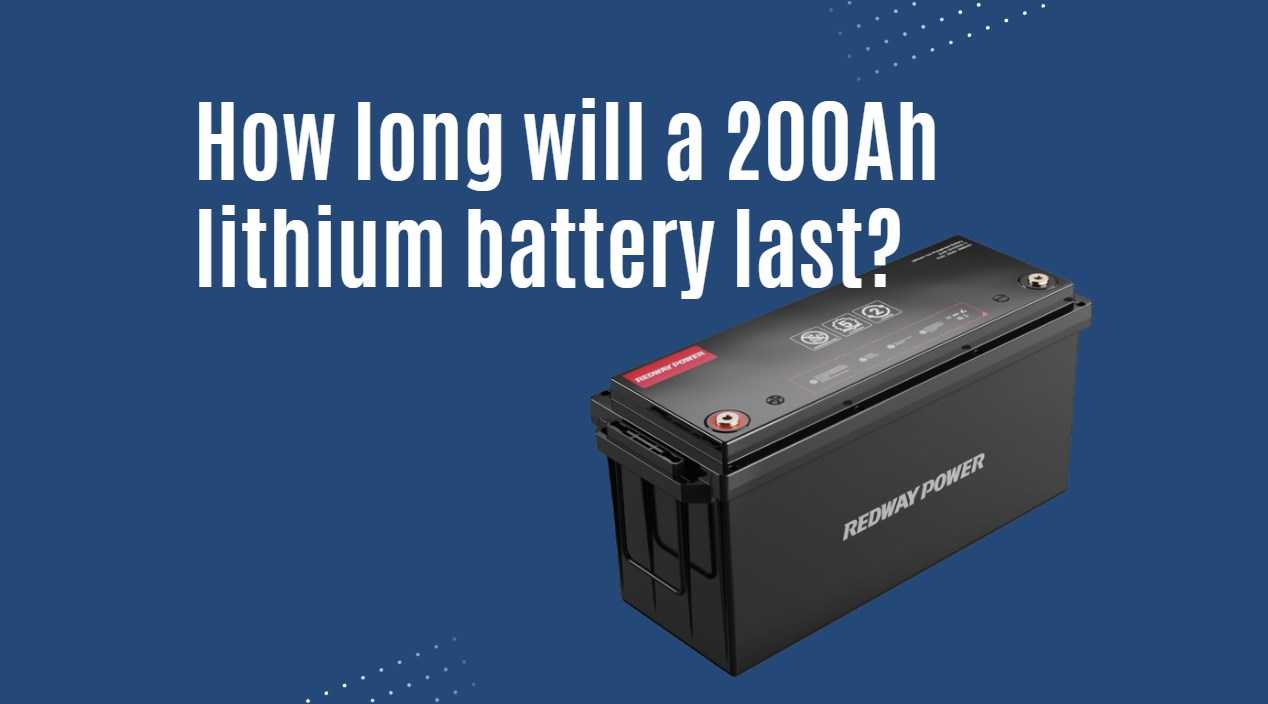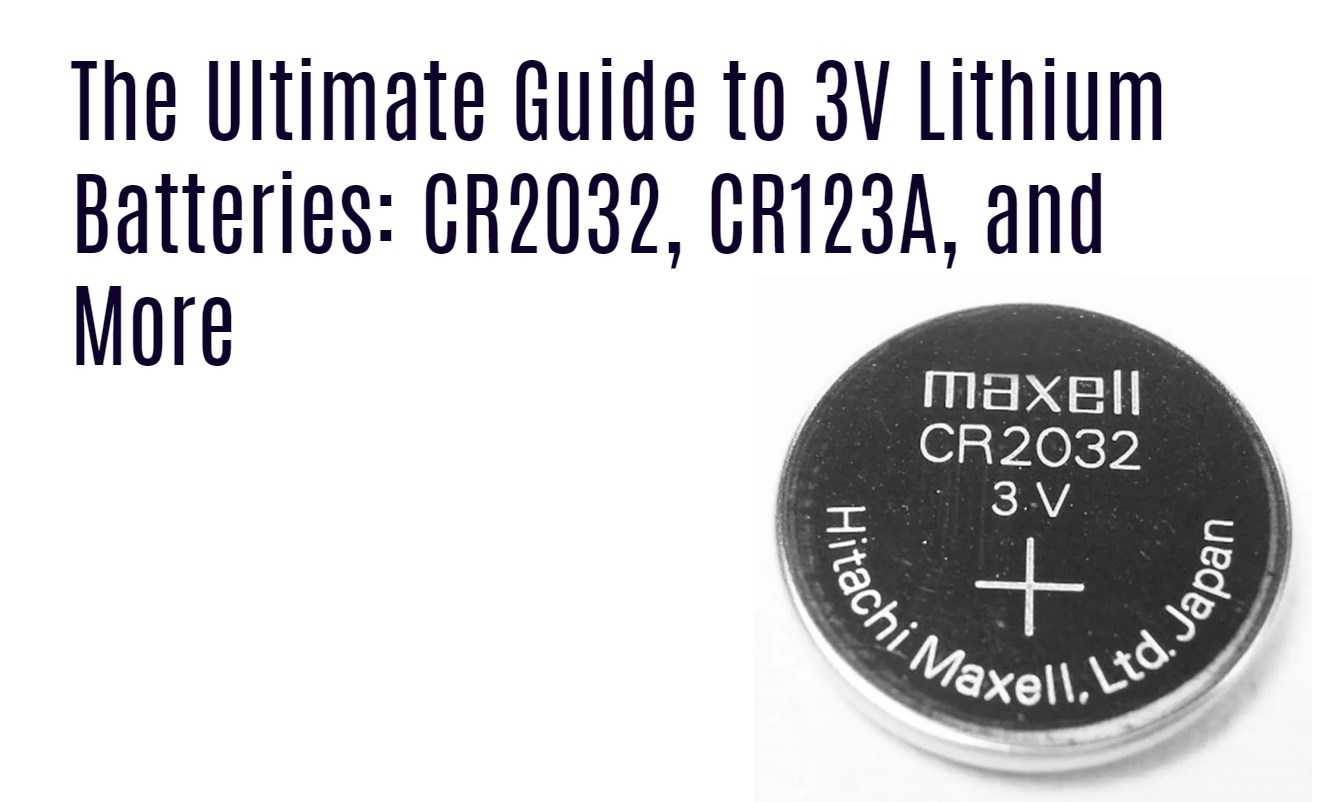LiTime lithium batteries are widely recognized for their reliability, safety, and long lifespan, making them an excellent choice for marine, off-grid, solar, and backup power applications. Their automotive-grade LiFePO4 cells combined with built-in battery management systems ensure consistent performance and protection.
How Do LiTime Lithium Batteries Ensure Reliable Performance?
LiTime batteries maintain reliable performance by using high-quality Automotive Grade A LiFePO4 cells known for their stability and longevity. The integrated 100A built-in Battery Management System (BMS) protects against overcharging, overheating, and short circuits, ensuring safe and consistent voltage delivery, even after prolonged inactivity.
Detailed Explanation:
Reliability is paramount in demanding power applications. LiTime batteries achieve this through premium-grade lithium iron phosphate cells, which offer superior chemical stability and thermal tolerance compared to traditional lead-acid batteries. These cells reduce voltage fluctuations and maintain better charge retention, critical for trolling motors and off-grid systems. The built-in BMS actively monitors and manages battery health, preventing damage during abnormal conditions and extending the overall lifespan.
What Are the Key Performance Features of LiTime Lithium Batteries?
LiTime lithium batteries provide high power output capable of supporting multiple electronics and heavy loads like air conditioners. Users report consistent current delivery and the ability to run complex marine electronics, solar setups, and household appliances without interruption.
Detailed Explanation:
Performance in lithium batteries depends on cell quality, internal resistance, and thermal management. The automotive-grade LiFePO4 cells in LiTime batteries allow for fast discharge and recharge while maintaining efficiency. This makes them ideal for off-grid living and marine setups where steady power is essential. The 100A BMS also ensures that power is distributed safely, optimizing battery output without risking damage, even under continuous heavy loads.
Which Applications Are Best Suited for LiTime Lithium Batteries?
LiTime batteries excel in marine applications (trolling motors and boat electronics), off-grid living (powering home essentials), solar power systems, and home backup solutions, where durable, safe, and long-lasting energy storage is required.
Detailed Explanation:
Different applications require varying power capacities and reliability standards. LiTime’s robust construction and safety features meet the specific needs of marine environments where vibration and corrosion risk are high. Their stable performance under fluctuating solar inputs makes them ideal for off-grid and renewable energy users. Additionally, the ability to reliably backup home power ensures continuity during outages, adding to their versatility.
| Application |
Key Benefits |
Typical Use Case |
| Marine |
Vibration resistant, consistent power output |
Trolling motors, marine electronics |
| Off-Grid Living |
Long lifespan, high cycle count |
Cabin power, appliances, computers |
| Solar Systems |
Fast recharge, reliable energy storage |
Workshop power, solar arrays |
| Backup Power |
Safety features, instant power availability |
Emergency home power |
Why Is the Built-in Battery Management System Important in LiTime Batteries?
The built-in BMS in LiTime batteries provides critical safety by managing charge cycles, preventing overcharging, overheating, and short circuits, thus extending battery life and protecting connected devices.
Detailed Explanation:
A Battery Management System is essential for lithium batteries to operate safely and efficiently. LiTime’s BMS monitors key parameters such as voltage, current, and temperature, preventing the battery from operating outside safe thresholds. The 100A rating ensures it can handle high current demands, safeguarding both the battery pack and the user’s equipment. This technology helps protect against potential hazards common in lithium batteries without smart management.
Are There Any Limitations or Considerations When Using LiTime Lithium Batteries?
While LiTime lithium batteries are lighter than lead-acid alternatives, larger-capacity models remain heavy and may require two people to move. Some users report occasional Bluetooth app connectivity issues for monitoring battery status.
Detailed Explanation:
Weight is a practical concern when handling or installing larger lithium battery packs; although they are significantly lighter than traditional batteries, certain high-capacity models can be bulky. Additionally, while the Bluetooth app adds convenience for monitoring, intermittent connectivity issues may require manual reconnection. Potential buyers should weigh these minor inconveniences against the substantial benefits in performance and safety.
How Does Redway Battery Support High-Quality Lithium Battery Manufacturing?
Redway Battery, a Shenzhen-based OEM, leverages over 13 years of industry expertise, advanced factories, and ISO certification to produce custom LiFePO4 battery packs, including solutions for forklifts, telecom, solar, and RV uses, ensuring durability and safety that align closely with LiTime technology.
Detailed Explanation:
Redway Battery’s commitment to quality is evident through its large production capacity and adherence to strict manufacturing standards (ISO 9001:2015). Their engineering team tailors products to client specifications with full OEM/ODM services, utilizing automated workflows and comprehensive after-sales support. Many of the technology elements seen in LiTime batteries—such as automotive-grade cells and built-in BMS—are also standard in Redway’s premium battery offerings, reinforcing their market leadership.
What Advantages Does the Automotive Grade A LiFePO4 Cell Offer?
Automotive Grade A LiFePO4 cells ensure higher safety, improved thermal stability, and longer cycle life compared to standard lithium cells, critical for applications that demand consistent high performance and safety.
Detailed Explanation:
Automotive grade implies cells undergo stringent testing for reliability and resilience in demanding conditions such as vibration, temperature extremes, and long-term cycling. These enhanced cells have lower internal resistance and improved chemical stability, translating into better charge retention and operational safety. The use of such cells in LiTime batteries provides users with confidence that their energy storage system can handle rigorous, real-world environments.
When Should Users Prefer LiTime Batteries Over Traditional Lead-Acid Options?
Users should choose LiTime lithium batteries when they need longer lifespan, higher cycle counts, better weight-to-power ratios, and safer, more consistent energy delivery for sensitive or high-demand applications.
Detailed Explanation:
Traditional lead-acid batteries perform well in cost-sensitive, low-demand applications but suffer from shorter lifespans, higher weight, and maintenance requirements. LiTime batteries, with LiFePO4 chemistry, offer 2–3 times the cycle life, faster charging, and no maintenance. This makes them especially advantageous for marine, solar, and off-grid uses where reliability and weight are critical considerations.
Can LiTime’s Bluetooth App Improve Battery Monitoring?
Yes, LiTime’s Bluetooth app provides users real-time access to battery status such as charge level, voltage, and health, enhancing the ability to monitor and manage energy usage, though occasional connectivity resets may be necessary.
Detailed Explanation:
Battery monitoring apps add convenience by delivering comprehensive data on battery performance directly to smartphones or tablets. LiTime’s Bluetooth app allows users to avoid surprises by checking capacity and health at a glance, optimizing system management. However, some users have noted intermittent connectivity issues, which can generally be resolved by reconnecting, making this feature a valuable but not flawless tool.
Are LiTime Lithium Batteries Cost-Effective Over Their Lifecycle?
Despite a higher initial investment, LiTime batteries tend to be cost-effective long-term due to their durability, high cycle life, and reduced maintenance requirements compared to lead-acid batteries.
Detailed Explanation:
Total cost of ownership is a vital factor when selecting energy storage. LiTime batteries, though more expensive upfront, offer thousands of cycles—often double or triple that of traditional options—resulting in fewer replacements and lower cumulative costs. Their maintenance-free nature also reduces ongoing expenses, making them an economical choice over many years of use in both commercial and residential settings.
Redway Expert Views
“With over a decade’s experience in lithium technology manufacturing, Redway Battery prioritizes integrating advanced LiFePO4 cells with intelligent management systems to provide safe, durable power solutions. As the demand for reliable, high-performance batteries grows in sectors like marine, solar, and industrial vehicles, our commitment remains to deliver innovation combined with customization. This ensures every user benefits from maximum uptime and operational safety.” — Redway Battery Engineering Team
Conclusion
LiTime lithium batteries offer a robust, safe, and long-lasting power source ideal for marine, off-grid, solar, and backup applications. Their use of automotive-grade LiFePO4 cells paired with an integrated BMS ensures excellent performance, durability, and protection. Although app connectivity issues and weight considerations exist, the benefits far outweigh these minor drawbacks. Backed by manufacturers like Redway Battery, these lithium solutions represent a smart investment for anyone seeking reliable energy storage.
Frequently Asked Questions (FAQs)
Q1: How long do LiTime lithium batteries typically last?
They can last several years with thousands of full charge-discharge cycles due to high-quality LiFePO4 cells and built-in protection.
Q2: Can LiTime batteries be used in cold climates?
Yes, LiFePO4 chemistry maintains stable performance over a wide temperature range, though extreme cold may reduce capacity temporarily.
Q3: Is the Bluetooth app essential for battery operation?
No, the battery functions independently; the app is a helpful monitoring tool but not required for standard use.
Q4: Are LiTime batteries compatible with existing solar systems?
Yes, LiTime batteries integrate well with solar charge controllers and inverters designed for lithium battery management.
Q5: Do LiTime batteries require special chargers?
They recommend chargers compatible with LiFePO4 chemistry to optimize charging speed and battery longevity.


